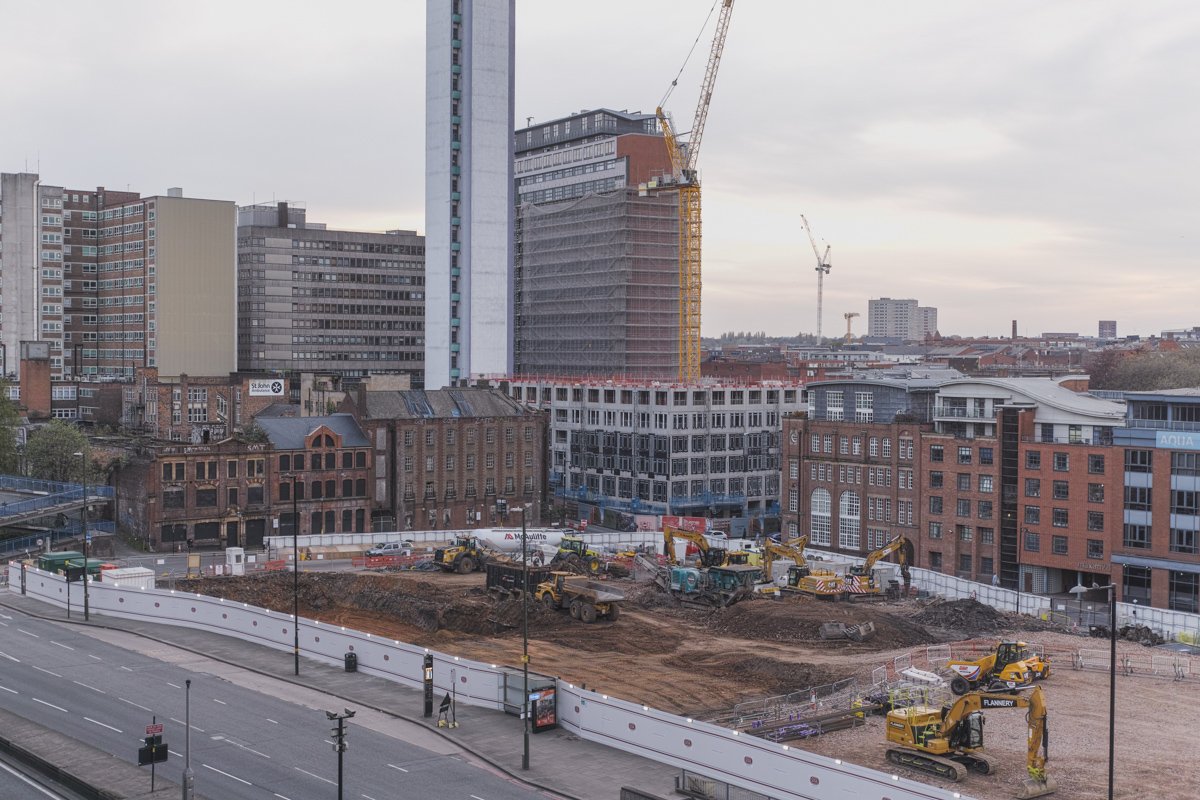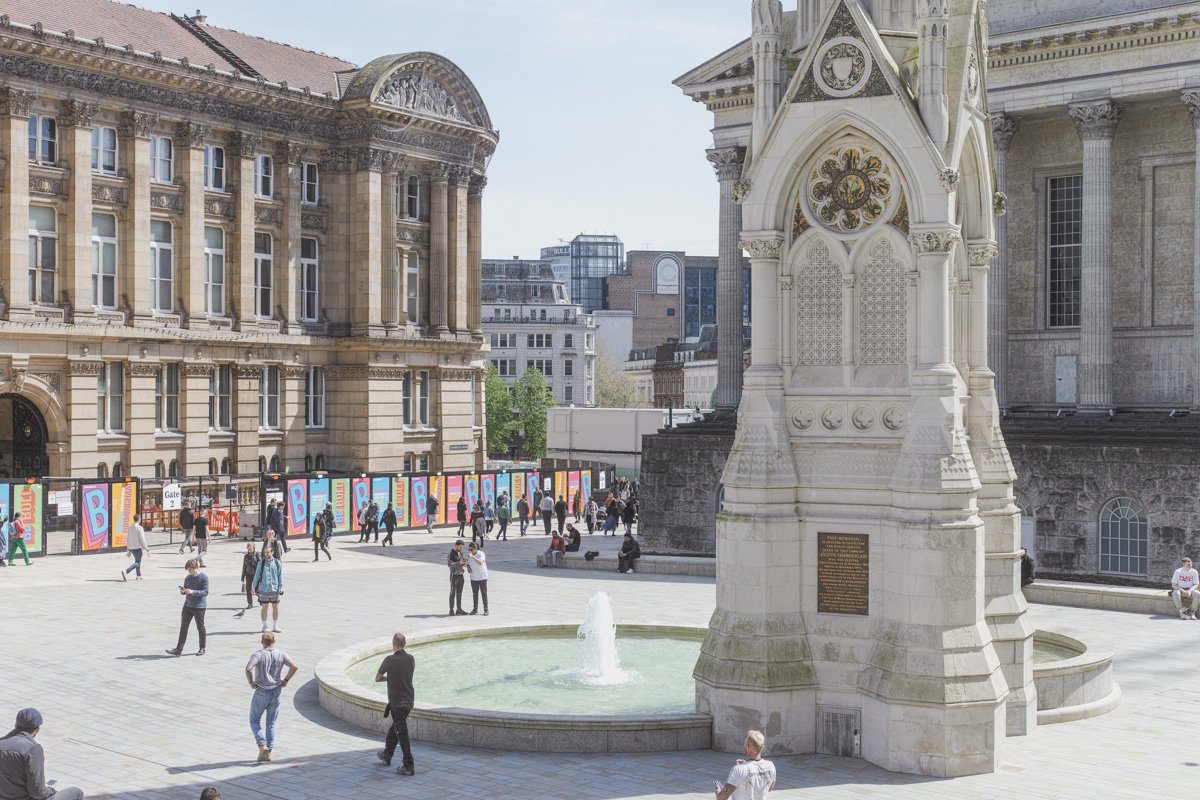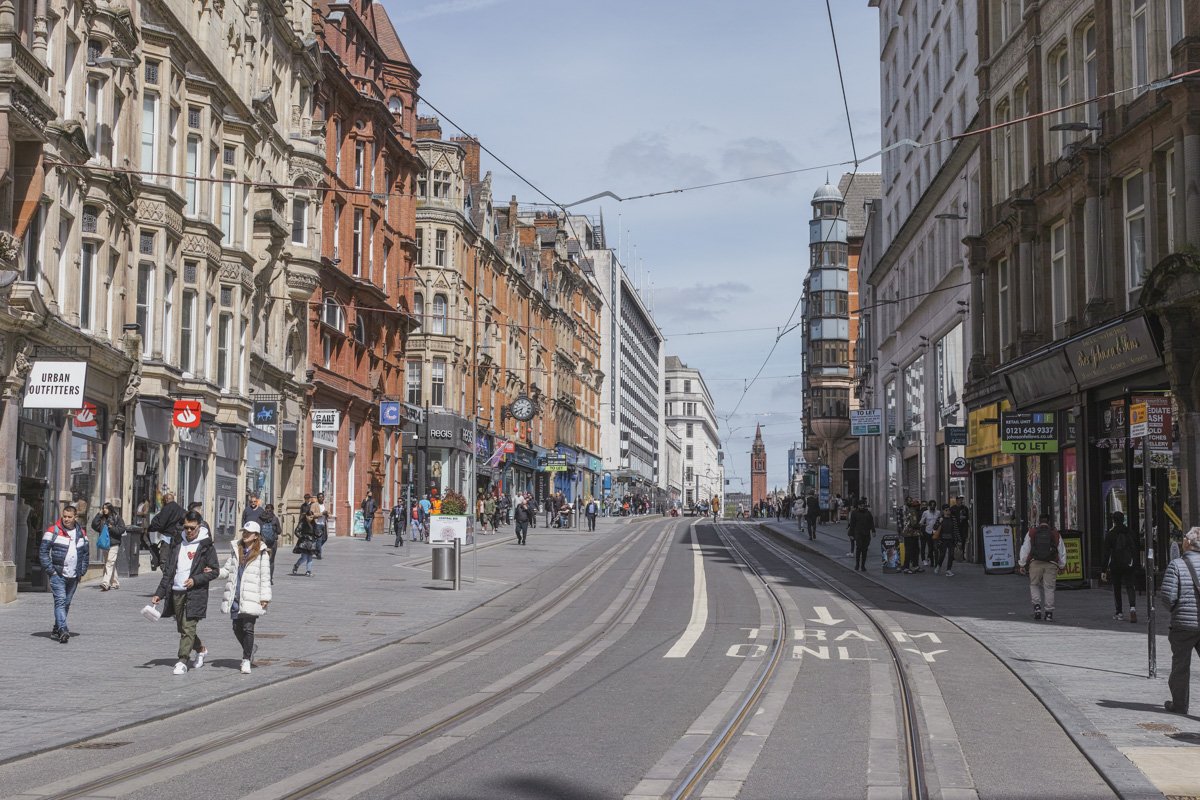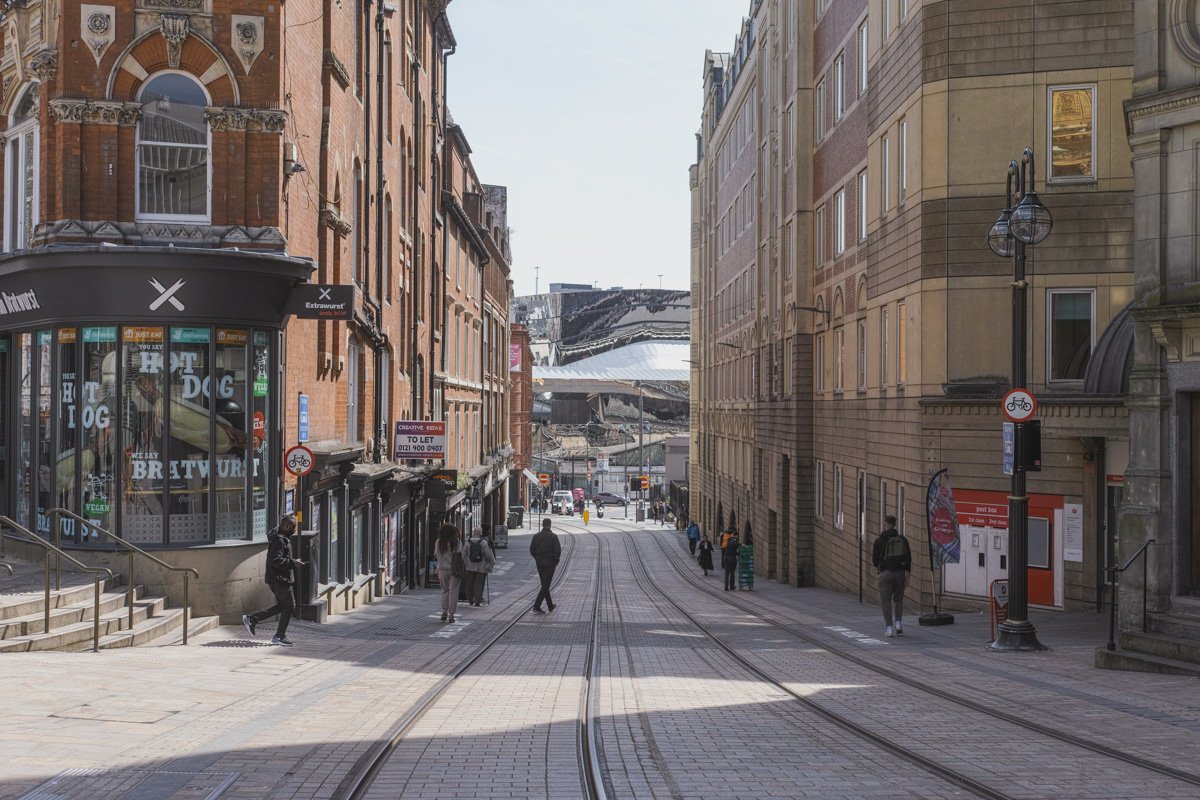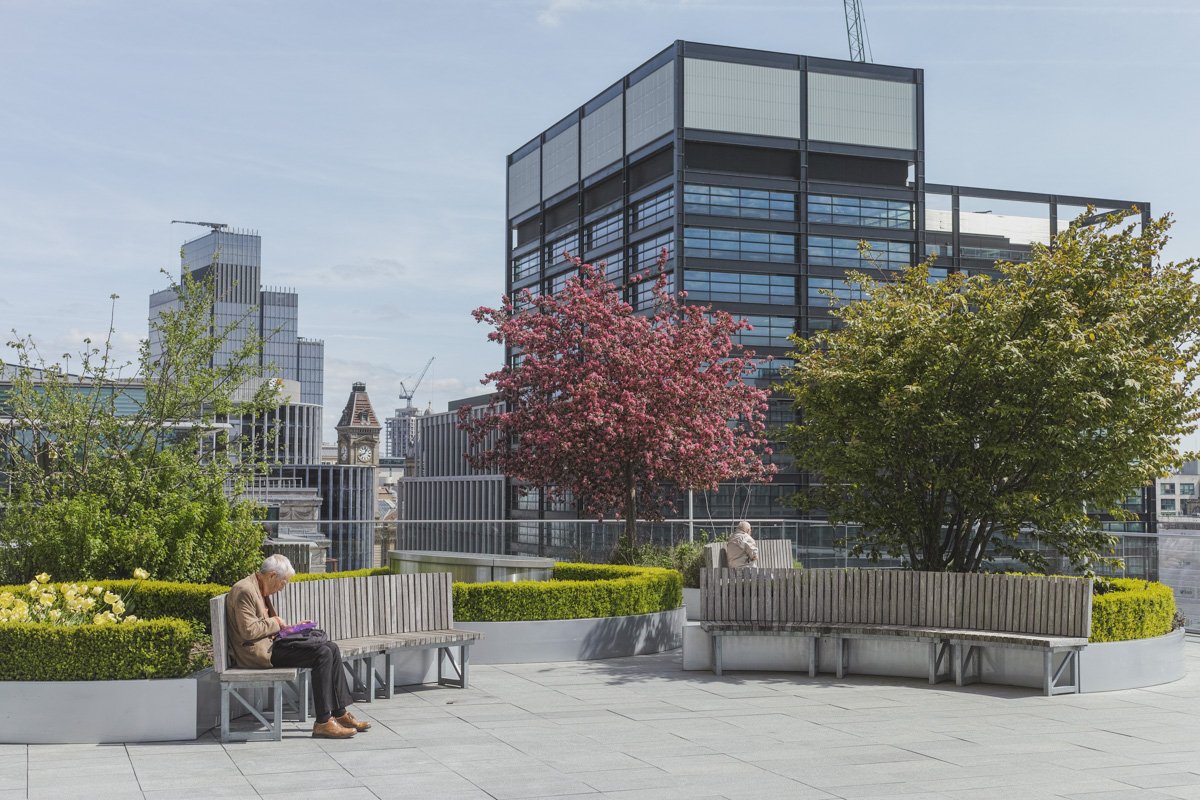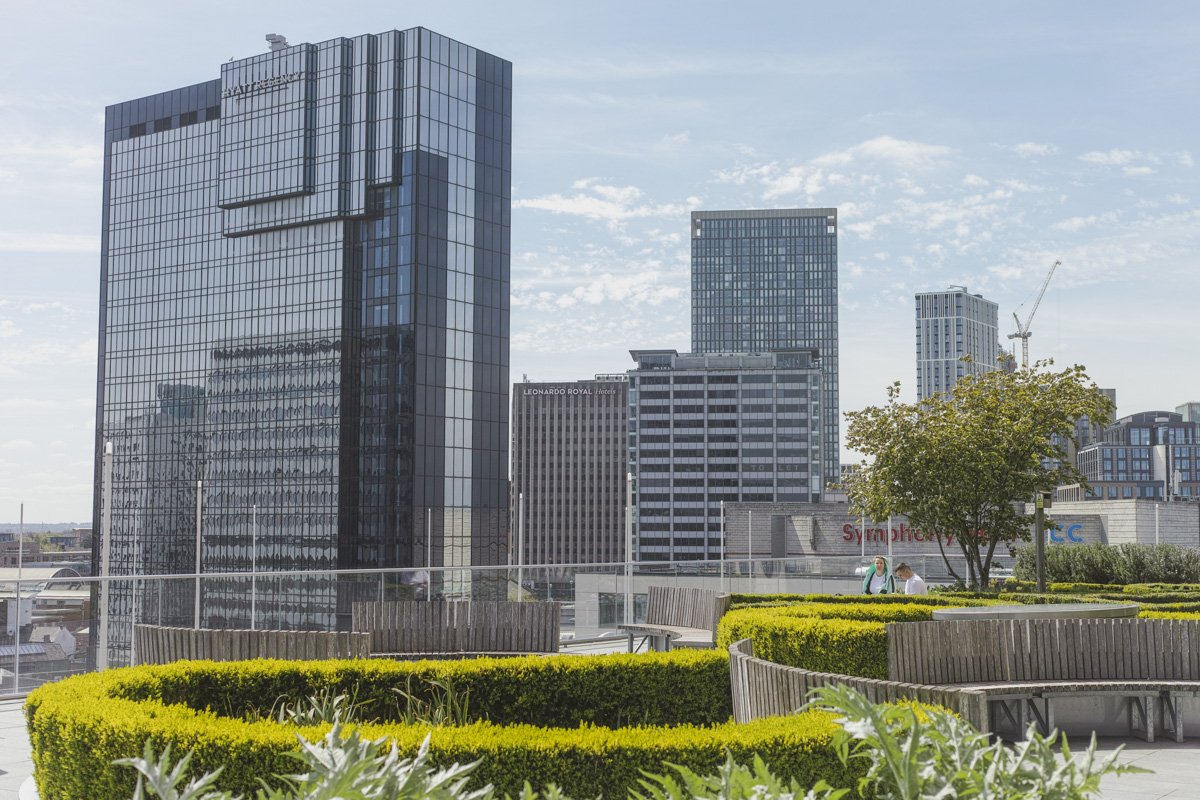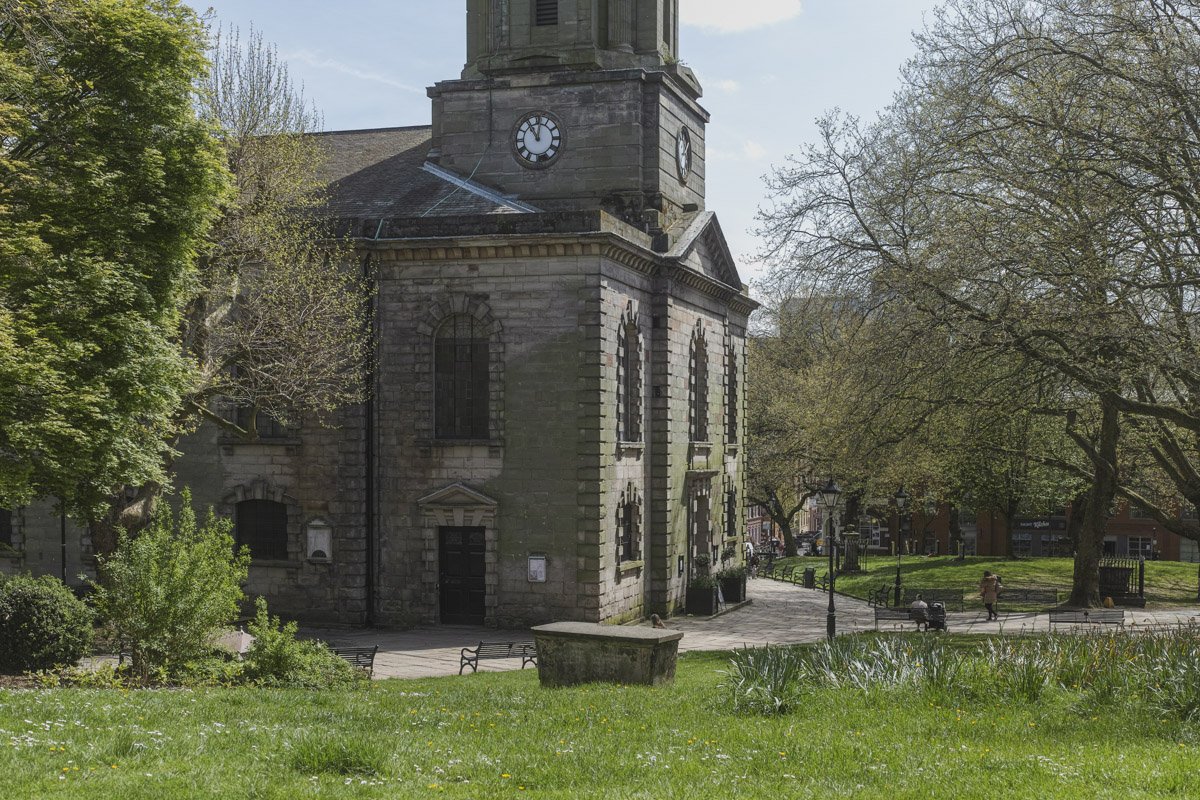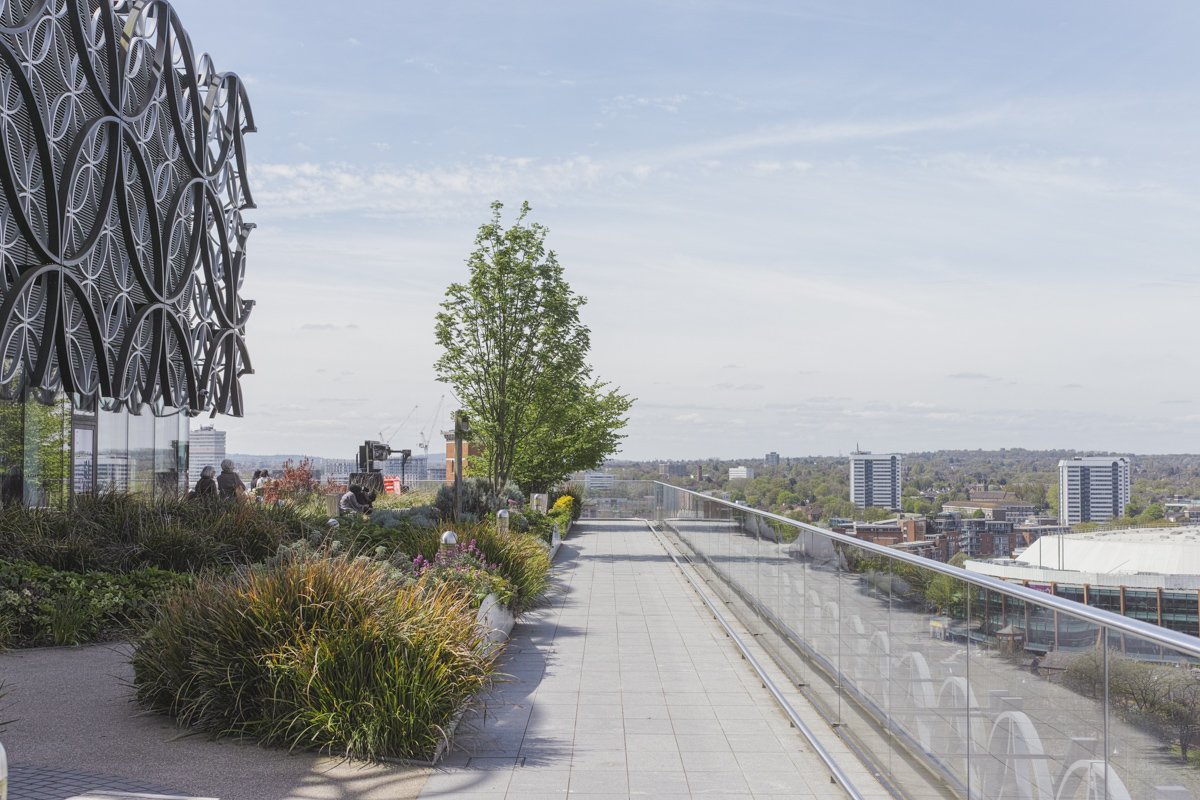REVIEW: Sigma DP2 Merrill - A Diamond in the Rough
If there's a singular phrase to summarise the Sigma DP2 Merrill, it would be "it cuts both ways". In that, I mean it's a very, very flawed camera, with a lot of peeves and annoyances, and you almost wonder why not get any other camera. Yet, in the right circumstances, with enough patience and determination, the DP2 Merrill is one of the most impressive cameras that you can buy, especially if you're care about colours.
And we'll get into that in just a second. But to start off with, we can't overlook the highlight of the Sigma DP2 Merrill - its Foveon X3 sensor. It's a 46-megapixel sensor (capturing 44.3 million effective pixels) with a resolution of 4,704 x 3,136. Besides all those flashy numbers, what's most unique about that sensor is the '3' in 'X3'. This notes that the sensor has not 1, but 3 layers stacked on top of one another.
PLEASE NOTE: I PURCHASED THIS WITH MY OWN MOMEY AND NO PAYMENT OR CONTROL WAS EXCHANGED FOR PUBLISHING THIS UNBIASED REVIEW
When this camera hits, it really hits…
In most other cameras, the layers that record RGB data (basically, red, green, and blue colour spectrums) lie adjacent to each other within the same layer of the sensor. But not in the DP2 Merrill, as that Foveon sensor lays every layer on top of each other, which theoretically, should allow it to capture mesmerising colours. True to their word, the images that come out of mine showcase some gorgeous colour work.
Additionally, the shots that I was able to pull off were highly detailed and crisp, with colours that render it almost true to life. And, with a good amount of vibrancy, avoiding the sometimes dull colours that digital cameras sometimes capture. It should be noted that although the sensor is a 46-megapixel unit, the final images that come out of the DP2 Merrill are processed into (just a tad over) 15-megapixel photos.
Some (Very) Good, Some (Quite) Bad
The idea of the 15-megapixel photos is that each of the three sensors processes 5 megapixels each, with as much of the RGB data as it can take in and process. While this might not be as impressive in 2023, where 15-megapixels can be considered commonplace, the colours and details you get in each shot are mightily impressive. This is made even better thanks to the snappy autofocus and intuitive controls.
The most commonly-used dials - aperture, shutter speed, and ISO - are within easy reach and are always accessible. Before we forget, that 30mm f2.8 Sigma lens (which is a 45mm equivalent in 35mm speak) is also deserving of much praise. The image comes up super sharp, even at f2.8, and I've found that there's still room for improvement once you stop it at f4. This makes up for the fact that it's a fixed lens.
Video Source - Hifi Huff via YouTube
With that being said, Sigma's DP2 Merrill isn't really all sunshines and rainbows. For all its capabilities in colour rendering and processing, the Foveon sensor underneath (and the camera itself) has many distinct flaws. Chief among which is the general slowness at which it takes photos - the number one thing that cameras are supposed to do. Snap on the shutter button, and there's always a lengthy delay before the final image appears.
Sometimes, it could literally take you several seconds of waiting! It feels even more lethargic thanks to the lack of a bust mode setting. This is partly thanks to the added processing required by the Foveon X3 sensor to capture and process all that RGB data to best highlight and accentuate the colours. This could naturally lengthen the delay between shots, as well as writing the final image onto your SD card.
“Yet, with enough patience and in the right lighting conditions, you can get some truly breath-taking shots”
A Mighty Double-Edged Sword
Personally, I'm not too bothered by this, given that I'm used to taking photos with older film cameras, as the latter has a similar delay to finalise each shot. However, if you're accustomed to the snappy shots on modern digital cameras - or even your smartphone - this can be quite a frustrating experience. You ought to treat it like film cameras... Rather than spray and pray, aim for calculated, precise shots each time.
Speaking of film cameras, the Sigma DP2 Merrill is just as incapable of taking good photos in any low-light situation. I personally only use this for taking photos in the daytime, with a lot of light to work with. Seeing how bad the low-light performance is, I wouldn't go anywhere above 400 ISO. And, simply stick to its base 100 ISO setting. Beyond that, you'll get weird effects with colours along the darker spots - even with slower shutter speeds.
Video Source - Mattias Burling via YouTube
Nonetheless, it could still be okay for you to crank it up to 800 ISO if you're taking black-and-white photos, albeit with a slight loss in sharpness and a hint of added noise. This here is the Achilles Heel of the Foveon sensor - terrible low-light shots. Therefore, you should ideally avoid any night-time photography. I've even tried setting up the DP2 Merrill atop a steady tripod and set with a long exposure, but with no changes.
In fact, the low-light performance is so abysmal, that even relying on indoor fluorescent lights, or a bit of street photography under street lights, as well as trying to take a photo when it's sundown... Could really take away and sap out those vibrant colours from earlier. In short, the best conditions to take photos on the Sigma DP2 Merrill would be under bright sunlight, in the middle of the day, and possibly outdoors.
Many Quirks And Features
While we're discussing the downsides, there's also the issue of software. The DP2 Merrill - as with a lot of other Sigma cameras - requires that you use Sigma's own proprietary software if you want to export your images. This is due to the fact that the DP2 Merrill writes images in an odd file format. So extreme is this, that Lightroom and a lot of other editing applications can't even read the files out of your camera.
Going through the process feels a little bit like dealing with film, but without the chemicals and added cost!
Thus, only once you've had it exported through the Sigma Photo Pro app that you can use those images however you wish. While it doesn't sound like much, it does add an unnecessary extra layer of work and complication to your workflow. It's not helped, by the way, that the Sigma Photo Pro software can be a bit counter-intuitive at times, which isn't really ideal as your only and singular gateway for exporting images.
Video Source - Matt Jacobs via YouTube
Although not really downsides, there are other quirks and oddities that you need to know before using a DP2 Merrill. For example, it lacks any viewfinder, whatsoever. As a result, you're left trying to compose each shot through the 3-inch LCD display. This won't just look awkward to passers-by, but it's also hard to use under bright sunlight. You know... The one time of day when you want to use your DP2 Merrill.
Strange things happen in the dark…
Not to mention, an LCD display, by nature, doesn't really do a great job of showcasing exposure and focus settings. Then, there's the DP2 Merrill's battery life. Between the need to continuously run the LCD screen and operate the power-hungry Foveon sensor, you'll run out of juice fairly quickly. While it might be a fun camera to shoot with when the solar systems align properly, it's no doubt a compromise anywhere else.
A Flawed Diamond In The Rough
Another thing that I've yet to touch upon is the build quality of the Sigma DP2 Merrill. It's pretty compact and lightweight, making it a great camera to bring along day-to-day. Aside from that, it's also built very well, offering you a solid feel in the hand, as though you're holding a brick. Even though the construction is mostly made from plastic, I do like the monolithic all-black looks of the DP2 Merrill.
In summary, Sigma's DP2 Merrill is a very flawed camera... Unapologetically bad low-light performance, super-slow image processing and write speeds, the lack of a proper viewfinder, as well as the need to use Sigma's clunky software. Yet, with enough patience and in the right lighting conditions, you can get some truly breathtaking shots, with eye-pleasing colours and photos that feel very much true-to-life.
Video Source - Tetsujin via YouTube
It's a really great camera, even if it's highly compromised in more ways than one. Admittedly, I'd wished I could whip out the DP2 Merrill more often, but it's hard to find the ideal scenario for it... Bright and sunny weather, which for us here in the gloomy old UK, such sunlight is a rare commodity to attain. So, for any of you who are keen to try, Sigma's DP2 Merrill can put out stunning pictures that are hard to beat.
The only major obstacle now is getting your hands on one. As it was fairly recently put out of production, you might be able to find a few stragglers on camera store shelves, yet to be sold. Otherwise, a trip over to eBay might yield well-kept examples that are still good for many more years to come. Values, it seems, are still on the higher end of the price bracket, so perhaps others are seeing its potential, too.
A NOTEWORTHY UPDATE…
When I came to edit my photos for this review, I noticed about three (from 150+) images were, let’s just say a bit broken… I get the feeling that this is a sensor read-out issue or a processor problem rather than a physical issue with the camera. However, it’s probably worth noting that, with any camera of this age - they are prone to producing issues. I’ll be sure to keep an eye on this and will, of course, do an update post if it gets worse but - buyer beware…
After posting this, a reader kindly got in touch and suggested it may be an issue with using third-party batteries. Being honest, I didn’t even notice what battery was in the camera but after checking, it was indeed a third-party. I have now changed it to a native battery and will see if that clears the problem up.
Specs And Details
Image gallery
About the Author - Ross Jukes is a professional Photographer and Videographer with over a decade of experience. Working in both Digital and Analogue formats, Ross has worked with international clients, had his worked published numerous times and exhibited his work extensively. With a passion for all things photographic, Ross combines his experience, enthusiasm and dedication to his art form to create engaging and educational content for the photographic community.
Disclaimer: All links to Amazon UK are affiliated links - you will still pay the same price but I will receive a small commission for providing the link. All information provided in this blog is intended either for educational or entertainment purposes and is accurate to the best knowledge of the author. However, further research/professional advice should be sort before making purchases/implementing any advice given and no responsibility is taken by the author or parties mentioned here within.





















